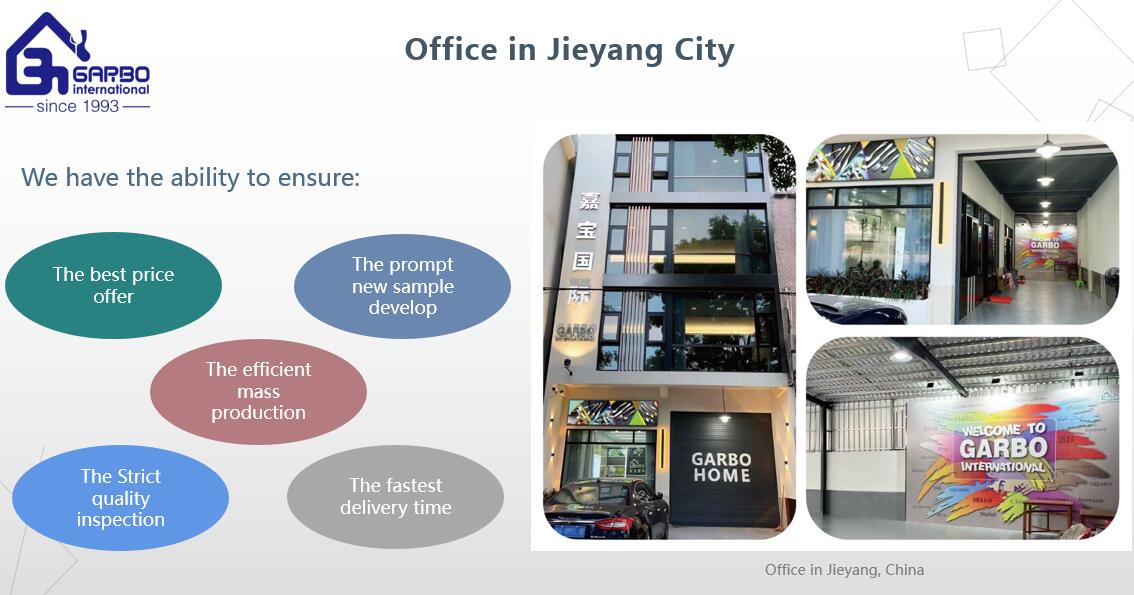Pulished on Mar. 13, 2023
Raw Materials: The primary raw material used in the production of stainless steel flatware is stainless steel, which is an alloy of iron, carbon, and other metals such as chromium, nickel, and molybdenum.
Smelting: The raw stainless steel is melted in a furnace and then poured into a casting mold to form a solid piece of steel.
Rolling: The solid steel is then passed through a rolling mill to reduce its thickness and shape it into the desired form.
Cutting and Stamping: The rolled steel is then cut and stamped into individual flatware pieces, such as knives, forks, and spoons.
Heat Treatment: The cut flatware pieces are then heat treated to increase their strength and durability.
Polishing: The flatware pieces are polished to give them a smooth, shiny surface finish.
Packaging: The finished flatware pieces are then packaged and prepared for distribution and sale.
It's important to note that there may be variations in the production process depending on the specific manufacturer and their equipment and techniques.
Creating a production line for stainless steel flatware and cutlery set involves several steps. Here's a general overview of the process:
Design: Create a blueprint or design for the flatware set, including the size, shape, and weight of each piece. This can be done with the help of a CAD (Computer-Aided Design) program.
Material selection: Select the type of stainless steel for the flatware. Stainless steel is available in different grades and finishes, so choosing the one that fits your design and budget requirements is important.
Cutting and shaping: Use cutting machines and presses to cut and shape the stainless steel into the desired shape and size for each piece of flatware.
Polishing: Polish the flatware to achieve a smooth and shiny finish. This is typically done with a polishing machine or buffing wheel.
Assembly: Assemble the different flatware pieces, such as forks, spoons, and knives, into sets. This can be done manually or with the help of machines.
Quality control: Inspect each piece of flatware for quality and consistency. Any defects or imperfections should be corrected or discarded.
Packaging: Package the flatware sets for shipment and distribution.
It's important to note that creating a production line for flatware and cutlery sets requires a significant investment in equipment and resources. It's recommended to consult with industry experts and conduct extensive research before starting a production line.

Looking for Flatware Supplier?
OEM&ODM RequestRequest for Quotation?
Get Factory PriceAny Confusion?
Speak With SalesmanWe deliver the quality and value your flatware needs, on time and within budget.
Contact UsODM&OEM Service
Our flatware is certified by leading retailers including Walmart, Tesco, Costco, Lidl, Target, and METRO, ensuring the highest quality standards.
Experience seamless service from design to export with our one-stop solutions. Our team simplifying your export process and allowing you to focus on growing your business.
Choose from a range of eco-friendly and customized packaging options to suit your specific needs. Our packaging solutions are designed to protect your products while reducing environmental impact.
Our efficient supply chain ensures timely delivery of your custom cutlery, minimizing lead times and keeping your business operations running smoothly.
Comprehensive support & satisfaction guaranteed.